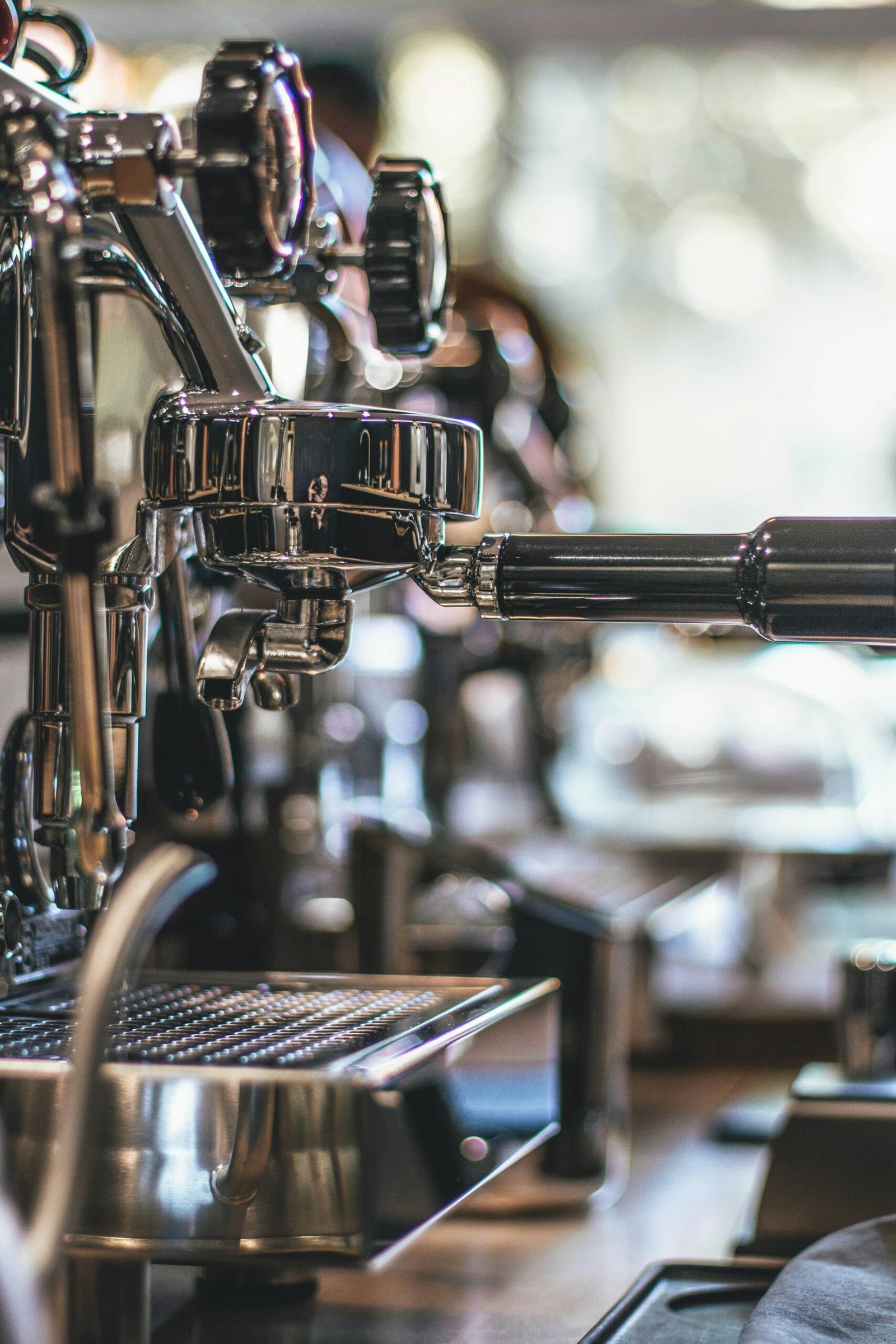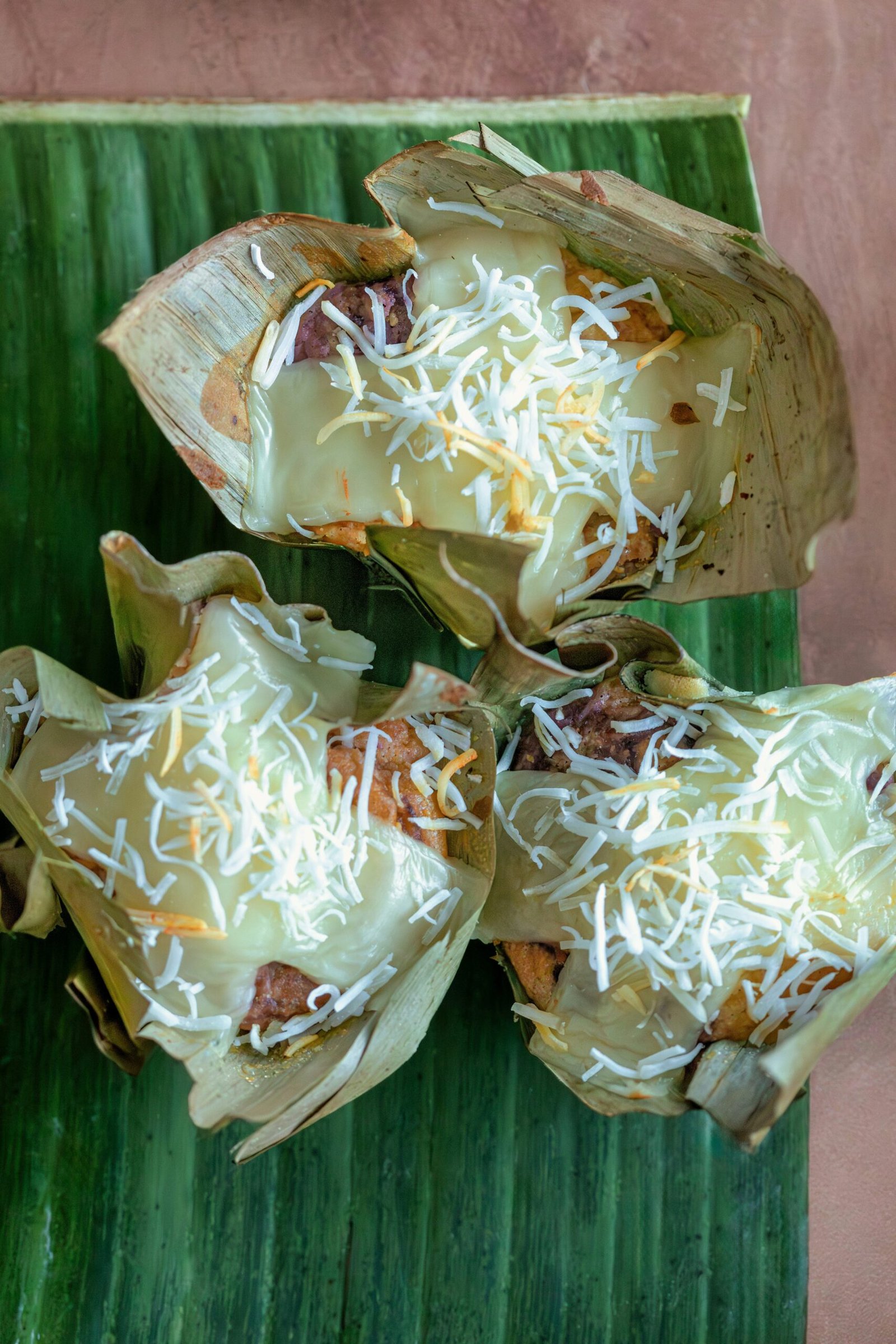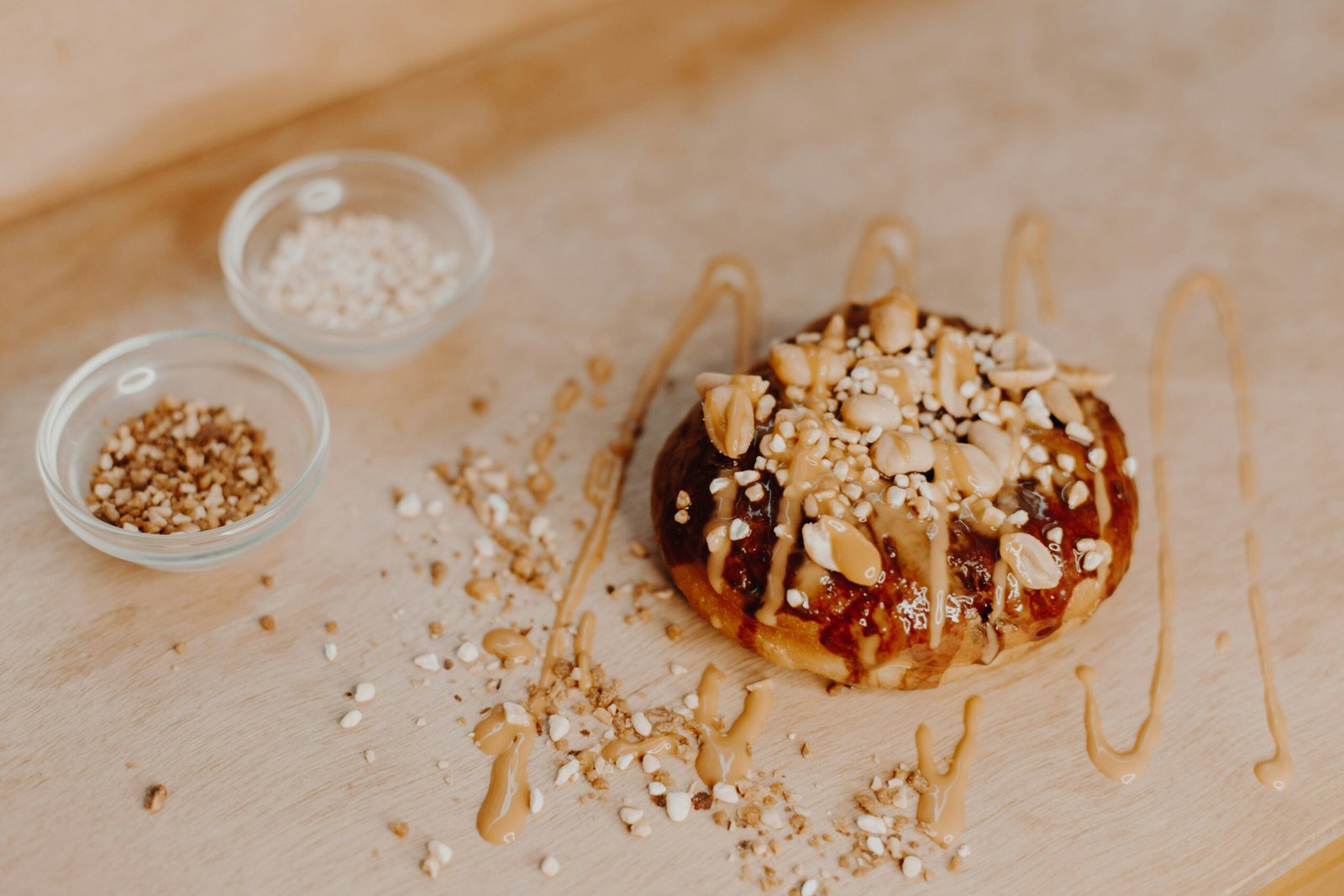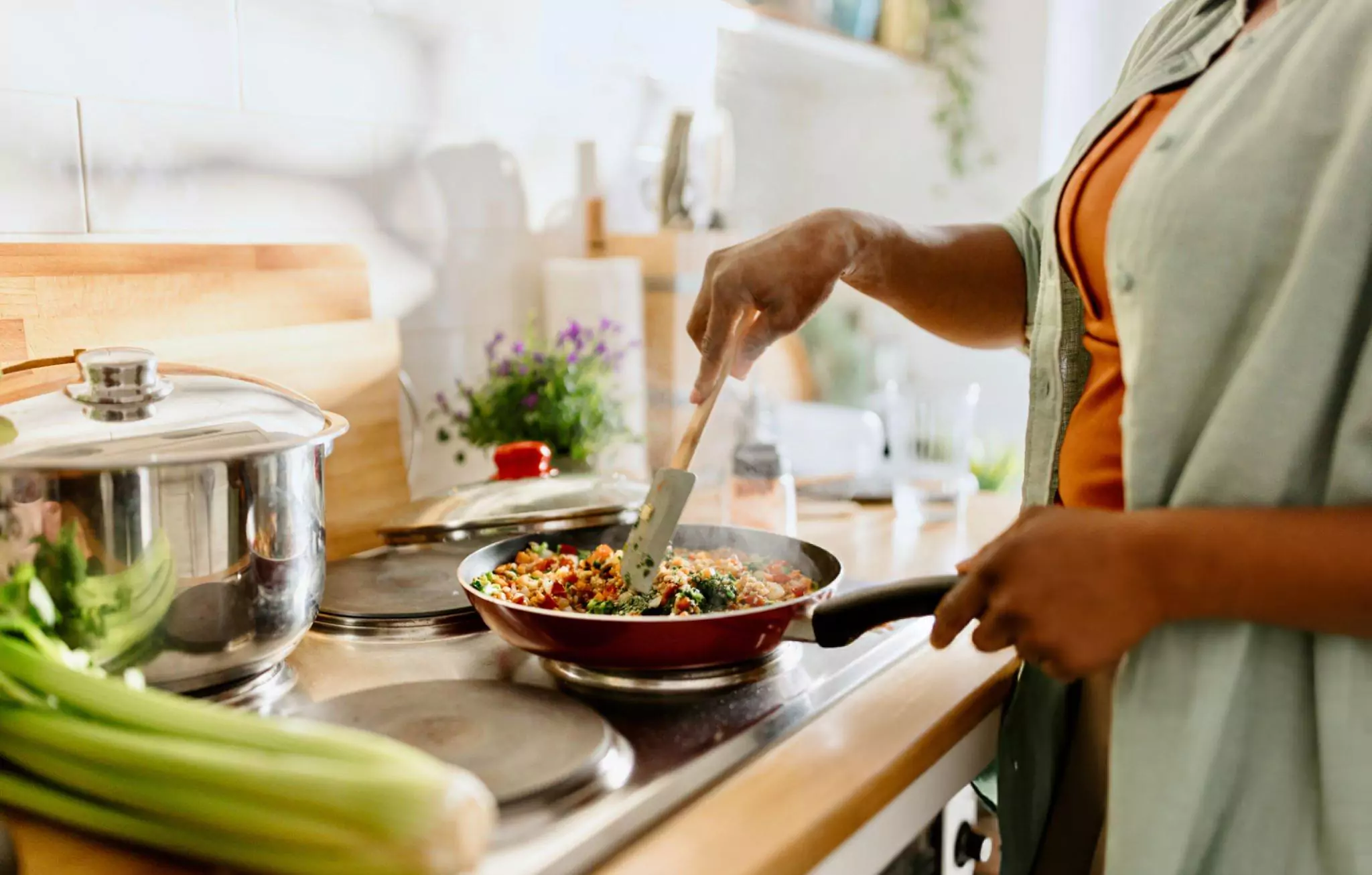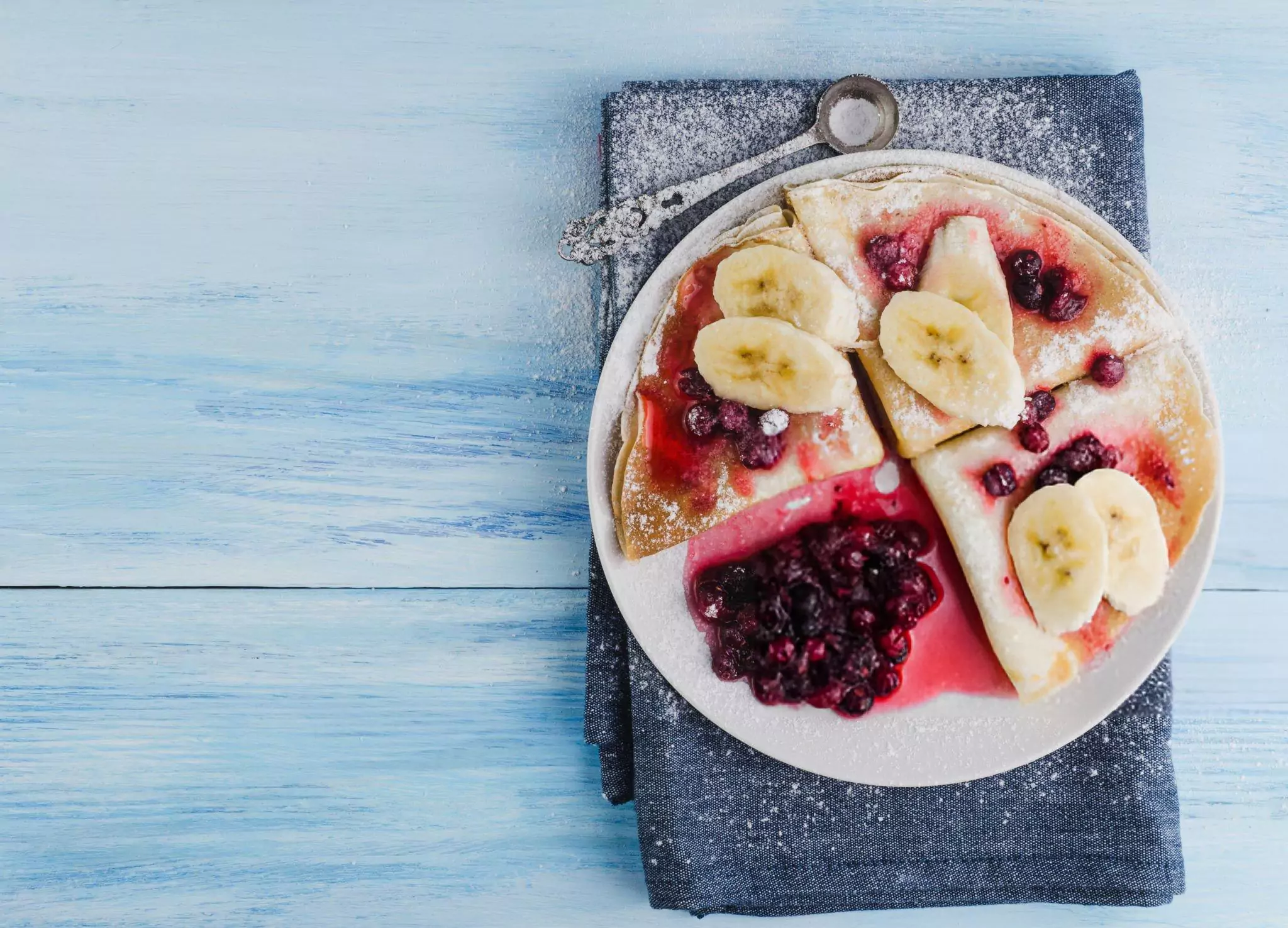Introduction to Cookware
Choosing the right cookware is essential for any kitchen, as it significantly influences not only the cooking experience but also the health and safety of the food being prepared. The diversity in cookware types, materials, and designs can be overwhelming; however, understanding a few critical factors can simplify this decision-making process. The choice of cookware directly correlates with individual cooking styles, dietary considerations, and personal preferences in terms of materials used.
One of the primary factors to consider when selecting cookware is your cooking style. Whether you are a casual home cook or a professional chef, your preferred methods—such as frying, sautéing, boiling, or baking—will determine the types of pots and pans that would serve your needs best. For instance, non-stick pans may be ideal for those who prioritize easy cleaning and healthy cooking with reduced fats, while heavy-duty stainless steel is often favored for its durability and superior heat distribution.
Health implications also play a crucial role in cookware selection. Certain materials, such as aluminum, may react with acidic foods, potentially leading to health concerns. Additionally, cookware containing harmful chemicals can compromise food safety. Hence, it is advisable to opt for high-quality, non-toxic materials like ceramic or cast iron that ensure both safety and optimal cooking results. Lastly, personal preference for materials should not be overlooked, as individuals may favor specific finishes, colors, or even brands based on prior experiences or aesthetics.
In sum, selecting the right cookware involves considering various factors that can enhance your cooking experience while also promoting health and safety in food preparation. By aligning your cookware choices with your specific cooking habits and health needs, you can create an efficient and enjoyable kitchen environment.
Popular Cookware Types
When it comes to equipping a kitchen, understanding the various types of cookware is crucial for optimal cooking experiences. Each type of cookware has its own distinct properties, advantages, and ideal use cases, allowing home cooks to choose the most suitable options for their culinary needs. Here, we will explore some of the most popular cookware types that are widely used in homes today.
Non-stick cookware is among the most favored options, primarily because of its ease of use and simple cleanup process. This type of cookware features a coating that prevents food from adhering to the surface, reducing the need for excessive amounts of oil or butter. Non-stick pans are particularly popular for cooking eggs, pancakes, and delicate dishes that may easily fall apart. However, care must be taken with heat levels, as high temperatures can damage the non-stick coating.
Cast iron cookware is renowned for its durability and excellent heat retention. Cast iron pans can handle high heat and are perfect for searing, sautéing, and even baking. Moreover, they can develop a natural non-stick surface when seasoned properly, making them a reliable choice for many cooks. Although they require some maintenance, including occasional seasoning and careful cleaning, the impressive longevity of cast iron pieces often outweighs these considerations.
Stainless steel cookware is another popular choice, celebrated for its resistance to rust and staining. Its non-reactive nature allows for versatile cooking options, from browning meats to preparing sauces. High-quality stainless steel pans are often equipped with aluminum or copper cores for enhanced heat conduction, ensuring even cooking. This type of cookware is preferred by many professional chefs and home cooks alike for its impressive performance and aesthetic appeal.
Lastly, ceramic cookware has gained traction in recent years, largely due to its appealing design and non-toxic properties. Often free from harmful chemicals, ceramic pieces provide an enjoyable cooking experience while maintaining the advantages associated with non-stick surfaces. However, they can be more susceptible to chipping and scratching, so careful handling is advised.
Non-Stick Cookware: Pros and Cons
Non-stick cookware is a popular choice in many kitchens due to its ability to provide a convenient cooking experience. One of the most significant benefits of non-stick pans is their ease of cleanup. The specially designed surface prevents food from adhering, which means that often, a simple wipe with a sponge and warm soapy water suffices for cleaning. This feature not only saves time but also reduces the need for excessive scrubbing, contributing to the longevity of the cookware.
In addition to their convenience, non-stick cookware is often associated with healthier cooking options. Since they require less oil or fat to prevent sticking, users can prepare dishes that are lower in calories. This aspect is particularly appealing for those trying to manage their weight or improve their overall diet. Moreover, non-stick surfaces tend to distribute heat more evenly, which can lead to better cooking results.
However, non-stick cookware does come with its drawbacks. Concerns have been raised regarding the chemicals used in the manufacturing of non-stick coatings, particularly polytetrafluoroethylene (PTFE) and perfluorooctanoic acid (PFOA). While modern non-stick products are generally considered safe, it is essential for consumers to choose high-quality brands that are free from harmful chemicals. Additionally, the durability of non-stick cookware can be an issue; over time, the non-stick surface may wear off, especially if metal utensils are used, leading to potential food sticking and requiring replacement of the cookware.
In summary, non-stick cookware offers notable advantages in terms of easy maintenance and healthier cooking practices. However, prospective buyers should weigh these benefits against potential health concerns and considerations regarding durability to determine whether non-stick options are the right fit for their kitchen needs.
Cast Iron Cookware: Strengths and Weaknesses
Cast iron cookware stands out as a robust and versatile option for culinary enthusiasts. One of its most notable strengths is its exceptional heat retention. This attribute allows cast iron pots and pans to maintain consistent cooking temperatures, which is essential for achieving the perfect sear on meats, even browning for baked goods, or evenly cooked vegetables. Additionally, cast iron cookware has the ability to develop natural non-stick qualities over time when properly seasoned. This occurs as layers of fat from cooking adhere to the surface, creating a durable layer that enhances cooking performance.
However, cast iron cookware does present some challenges that potential users should consider. The first major downside is its weight; cast iron items are often quite heavy, making them cumbersome for some individuals to handle, especially when full of food. This could be a significant factor for those who might experience difficulty in lifting or maneuvering heavy cooking vessels. Furthermore, cast iron requires careful maintenance to prevent rust and to preserve its seasoning. Regular cleaning practices involve avoiding soap and instead using hot water and a stiff brush, followed by thorough drying and application of a light coat of oil. Neglecting this maintenance can result in a decline in cooking performance and the longevity of the cookware.
Another aspect to consider is its reaction to acidic foods. Cooking with tomatoes or citrus can strip the seasoning layer and impart metallic flavors into the dish if the cookware is not well-maintained. Therefore, while cast iron cookware can be a wonderful addition to a kitchen, it is essential for users to weigh these strengths and weaknesses against their cooking habits and requirements. Ultimately, the decision to incorporate cast iron into one’s collection should be informed by an understanding of its unique properties and care needs.
Stainless Steel Cookware: Advantages and Disadvantages
Stainless steel cookware has gained widespread popularity among both home cooks and professional chefs due to its robust characteristics and aesthetic appeal. One of the most significant advantages of stainless steel cookware is its durability. Made from a blend of iron, chromium, and nickel, this type of cookware is resistant to rust, corrosion, and staining, which allows it to maintain its appearance and functionality even after prolonged use. Furthermore, stainless steel does not react with acidic or alkaline foods, making it a safe choice for cooking a variety of dishes.
Another key feature of stainless steel cookware is its ability to withstand high temperatures, which is particularly beneficial for searing or browning foods. Coupled with proper care, stainless steel can last a lifetime, making it a worthwhile investment for any kitchen. The sleek, polished finish adds an attractive element to culinary spaces, while the easy cleanup after cooking is an advantage that resonates with those who value convenience.
However, stainless steel cookware is not without its drawbacks. One notable disadvantage is its relatively poor heat conduction compared to other materials such as copper or aluminum. To mitigate this issue, many manufacturers layer stainless steel with these metals to enhance heat distribution. Without this layering, users may find that certain areas of the cookware heat unevenly, leading to inconsistent cooking results.
Additionally, food can sometimes stick to the surface of stainless steel cookware. This tendency necessitates the use of cooking oil or proper preheating techniques to prevent sticking. When cooked improperly, food residues may adhere to the pan, making cleanup a more labor-intensive process. Ultimately, while stainless steel cookware offers a range of beneficial features, potential buyers should weigh these advantages against the possible disadvantages to make an informed choice for their cooking needs.
Ceramic Cookware: Benefits and Drawbacks
Ceramic cookware has gained popularity among home cooks due to its attractive designs and inherent cooking benefits. One notable advantage is that it is often made from non-toxic materials, providing a healthier alternative to conventional cookware. Ceramic is typically free from harmful chemicals like PTFE and PFOA, which are commonly found in non-stick coatings. As such, ceramic cookware appeals to individuals who prioritize health and safety in their culinary practices.
Another appealing aspect of ceramic cookware is its aesthetic value. Available in a wide variety of colors and patterns, it allows home chefs to express their personal style in the kitchen. Ceramic dishes can transition seamlessly from stovetop to table, enhancing the dining experience. Additionally, many ceramic items are designed with easy-to-clean surfaces, simplifying maintenance and encouraging frequent use.
However, while ceramic cookware offers various benefits, it is essential to recognize its limitations. One significant drawback is its heat resistance, as it can be sensitive to sudden temperature changes. Rapid shifts in temperature may cause cracking or warping, potentially compromising the integrity of the cookware over time. Furthermore, while ceramic is generally durable, it is not as hardy as some metals and may chip or scratch if mishandled or subjected to metal utensils.
This consideration is crucial for those who frequently use their cookware at high temperatures or require extensive culinary techniques. As a result, prospective buyers should evaluate their cooking habits and kitchen needs before choosing ceramic as their primary cookware material. Understanding both the advantages and disadvantages of ceramic cookware enables individuals to make informed decisions tailored to their culinary preferences.
Choosing Cookware According to Cooking Techniques
When selecting cookware, it is essential to consider your preferred cooking style, as different methods require specific types of cookware to achieve optimal results. Each cooking technique has its unique characteristics that can significantly affect food outcomes, necessitating a tailored approach in cookware selection.
Sautéing, for instance, requires cookware that can withstand high heat and provide even heat distribution. A heavy-bottomed skillet, typically made from stainless steel or cast iron, is ideal for this technique. These materials not only offer excellent heat retention but also allow for the development of fond—the flavorful brown bits left in the pan—that enhances the taste of your dishes. Non-stick skillets can also be an option, but they may not provide the same depth of flavor and temperature control.
For baking tasks, consider using bakeware specifically designed for the oven. Options such as glass, ceramic, or metal are popular choices depending on the recipe. Metal pans conduct heat effectively, making them suitable for achieving crispy textures, while glass and ceramic dishes offer a more gentle baking process, ideal for delicate items like soufflés or casseroles. Selecting the right material can impact not only the cooking time but also the final presentation of your baked goods.
Slow cooking requires different considerations altogether. Slow cookers or Dutch ovens in enameled cast iron are perfect for recipes that benefit from extended cooking times. These pieces are excellent at maintaining low and even heat, allowing flavors to meld beautifully over several hours. They can be used on the stovetop or in the oven, making them versatile for various slow-cooking techniques, such as braising or stewing.
Ultimately, understanding the relationship between cooking styles and cookware types will empower you to make informed choices, ensuring successful meals that reflect your culinary preferences.
Budget-Friendly Cookware Options
When it comes to equipping your kitchen, selecting budget-friendly cookware doesn’t mean compromising on quality or performance. There are various economical options available that can meet your culinary needs without breaking the bank. To start, consider prioritizing essential pieces over elaborate sets. A few versatile items such as a frying pan, a saucepan, and a stockpot can serve multiple purposes and minimize costs. Many brands offer these essentials at reasonable prices, ensuring that you have the tools needed for everyday cooking.
Moreover, materials play a significant role in determining the price of cookware. Stainless steel, non-stick, and aluminum options are often more affordable than specialty materials such as copper or cast iron. Non-stick cookware is particularly popular for its ease of use and cleaning, making it a reliable choice for budget-conscious cooks. However, it is crucial to research and choose high-quality non-stick products to ensure durability and safety in your kitchen.
While finding budget-friendly cookware is important, consider that investing in high-quality pieces can be more economical over time. Durable cookware can withstand daily use and last for years, ultimately saving you the cost of frequent replacements. Brands that may seem pricier initially often provide exceptional warranties and robust performance. Hence, evaluating the long-term benefits is essential when purchasing cookware. It is also advisable to look for sales, discounts, or outlet stores where quality cookware may be available at a lower price.
In conclusion, balancing your budget while selecting cookware is achievable by focusing on essential pieces, choosing the right materials, and considering long-term investments in quality. By employing these strategies, you can create an efficient kitchen that meets your cooking needs without excessive financial strain.
Durability and Long-Term Maintenance of Cookware
When selecting cookware for your kitchen, durability is a critical factor that can significantly influence not just the cooking experience, but also the overall value of your investment. High-quality cookware is designed to withstand the rigors of everyday cooking, ensuring that it remains functional and appealing for years. Different materials offer various advantages in terms of durability, with stainless steel, cast iron, and ceramic being among the most reliable options available.
Stainless steel cookware is renowned for its robust nature and resistance to rust and corrosion, making it an excellent choice for long-term use. Proper cleaning is essential to maintain its luster; avoid abrasive materials and opt for gentle sponges or cloths. While stainless steel is generally dishwasher-safe, hand washing is advisable to prolong its lifespan.
Cast iron cookware, celebrated for its heat retention and versatility, requires some additional care. Seasoning is essential for both non-stick properties and preventing rust. After each use, it is important to clean the cookware with minimal water and dry it thoroughly. Applying a light coat of oil can help maintain the seasoning and increase its lifespan.
Ceramic cookware, while offering excellent non-stick capabilities, can be more prone to chipping and cracking if not handled properly. To ensure durability, avoid sudden temperature changes and use utensils that won’t scratch the surface. Cleaning ceramic cookware is mostly straightforward; however, it is best to use non-abrasive cleaners to maintain its integrity.
In conclusion, selecting durable cookware and practicing proper maintenance techniques is crucial for a kitchen that stands the test of time. Understanding the specific needs associated with different cookware types will ensure that your investment not only meets your culinary demands but also lasts for years to come.
Conclusion: Making the Right Choice for Your Kitchen
Choosing the right cookware for your kitchen is an essential aspect of creating an efficient and enjoyable cooking environment. Throughout this guide, we have discussed various factors to consider, including cooking styles, budget constraints, and the importance of durability. Each of these components plays a critical role in determining the most suitable cookware for individual needs.
Firstly, understanding your cooking style is vital. Whether you prefer sautéing, baking, or slow-cooking, different materials and designs can significantly affect your cooking experience. For instance, non-stick options may appeal to those who value easy cleanup, while stainless steel might be favored for its durability and suitability for high-heat cooking. By identifying your primary cooking methods, you can narrow down your choices effectively.
Additionally, budget considerations cannot be overlooked. Cookware varies widely in price, and while investing in high-quality pieces is often worthwhile, it is essential to select items that fit your financial situation. It is beneficial to research and compare products within your desired price range, looking for sales or sets that offer quality at a reduced cost. Remember that purchasing versatile pieces can be more cost-effective in the long run.
Lastly, the durability of cookware is crucial for long-term satisfaction. Investing in well-constructed materials that can withstand frequent use will not only enhance your cooking performance but also result in better value for your money. Take the time to read reviews and consider warranties that reflect the manufacturer’s commitment to product longevity.
In conclusion, a thoughtful approach to selecting cookware can dramatically enhance your culinary endeavors. By considering your cooking style, budget, and the need for durable items, you will be well-equipped to choose the best cookware to suit your home kitchen needs.

